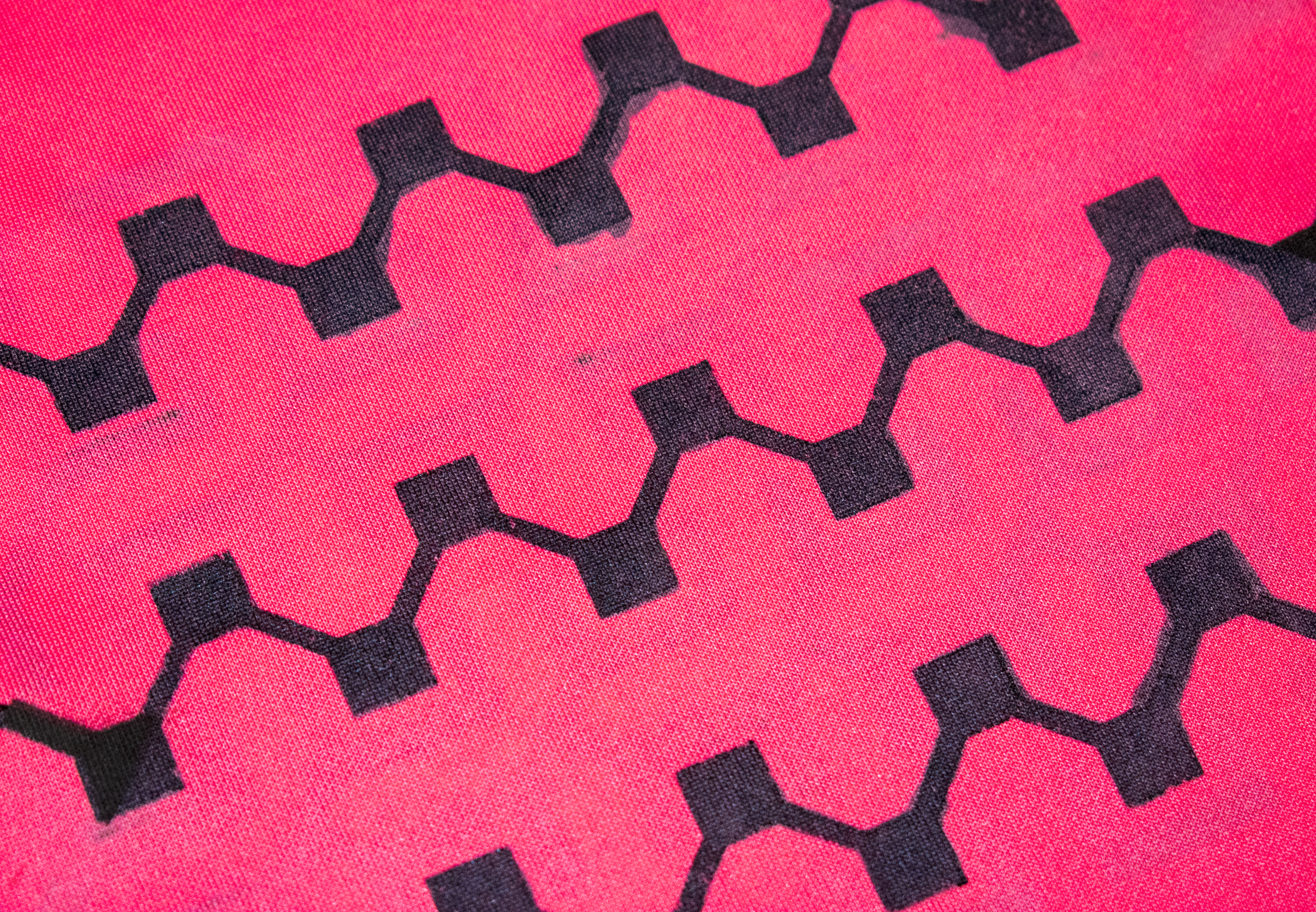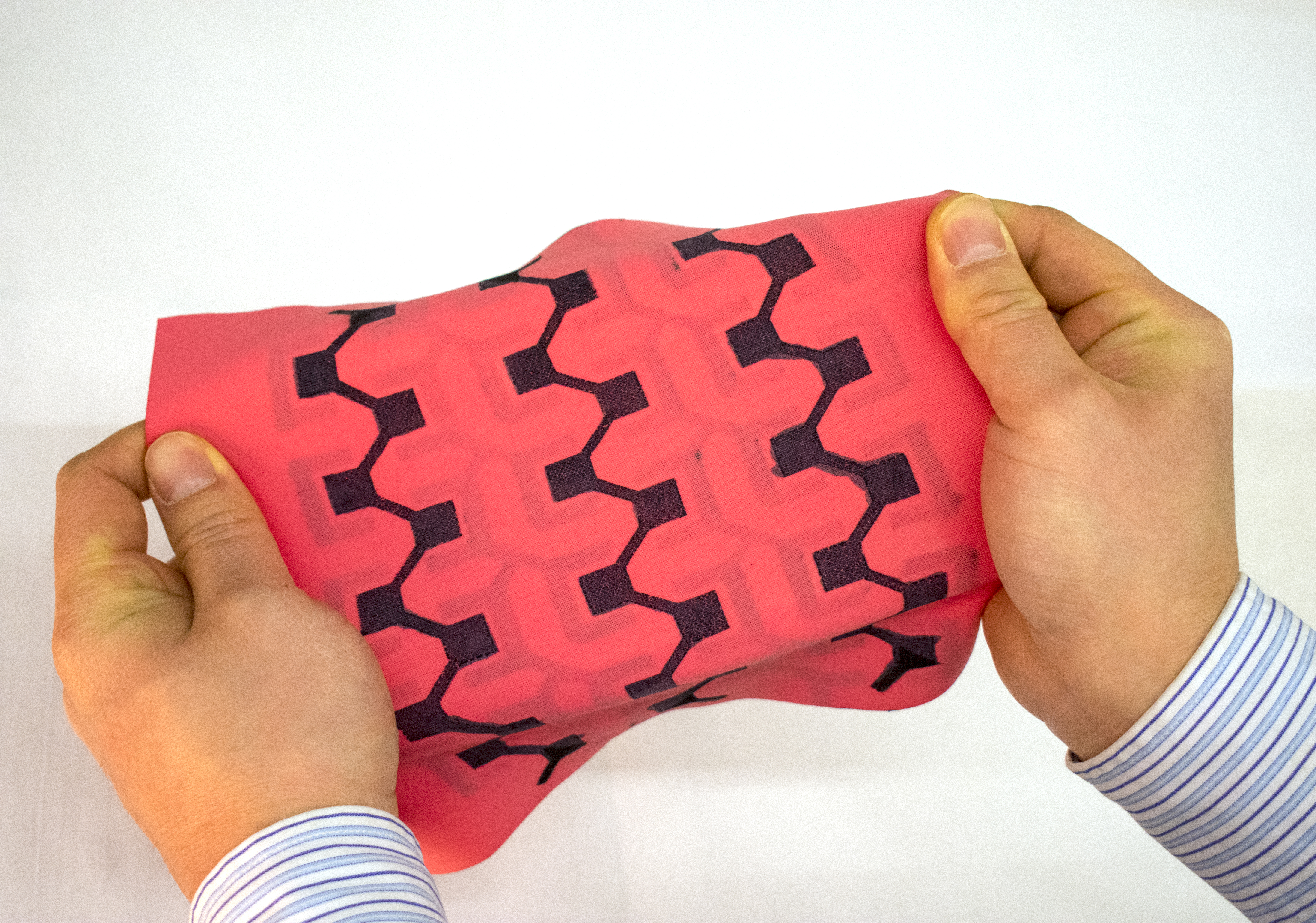|
Textile-based biobatteries


|
Tetile-based wearable electronics have recently emerged as a technology that promises next-generation, ubiquitous health monitoring. Even under extreme mechanical deformation, their flexible and stretchable characteristics allow conformal and reliable contact with asymmetrical and nonuniform human skin with minimum discomfort. Furthermore, highly conductive and reliable textile-coating techniques have advanced such wearable electronic sensing functions as collecting physical, chemical, and biological real-time information from the human body. These unprecedented textile-based electronic techniques have led to the rapid evolution of flexible and stretchable electronics for an array of applications for human safety and security. However, there has been a significant challenge in creating a truly self-reliant and stand-alone wearable sensing system that does not rely on an external power source. Traditional batteryoperated wearable devices cannot realize long-term advanced functionality because of finite energy budgets available from existing batteries. Furthermore, the batteries are too bulky, rigid, and heavy to be integrated in thin, lightweight, and flexible fabric-based devices. Even the latest advances in flexible energy storage devices such as supercapacitor and lithium ion batteries have not been considered as a sole potential platform for self-sustaining, practical use because of their low energy capacity and frequent recharging requirements. Emerging energy harvesting technologies can accomplish the longstanding dream of self-powered wearable systems that need low power but have potentially infinite energy supplies. Power can be scavenged from such ambient environment sources as the sun or directly from human motion and body heat. Several flexible, stretchable, selfsustaining, photovoltaic power sources have been integrated into wearable electronic systems. The significance of this technique stems from the photovoltaic potential to harness the cleanest and most abundant renewable energy source, solar energy. However, photovoltaic cells are subject to interruption, including significantly reduced energy production at night and on cloudy days and thus remain a significant challenge for its expansion as a reliable power source in wearable electronics. Alternatively, many energy harvesting methods have been proposed to take advantage of body-produced thermal and mechanical energies by using thermoelectric, piezoelectric, and triboelectric effects. Although these techniques bring many exciting opportunities for continuously powering wearable electronics, thermal and mechanical body energies are not always available or sometimes not enough for practical applications as they strongly depend on ambient temperature, physiological body conditions, and kinetic body dynamics. Another alternative energy harvesting technique for wearable electronics that has recently attracted considerable attention is biological fuel cells (BFCs). BFCs can use enzymes or microorganisms to scavenge biochemical energy from the wearersĄŻ body fluids such as sweat, saliva, blood, and tears. BFCs can be the most suitable power source for wearable health monitoring systems because the technique resembles the natural systems where living organisms work in conjunction with nonliving components of their surroundings to create a self-maintaining and self-repairing system. Furthermore, BFCs can be built entirely with biodegradable organic materials, making them biocompatible, disposable, and eco-friendly.
|

